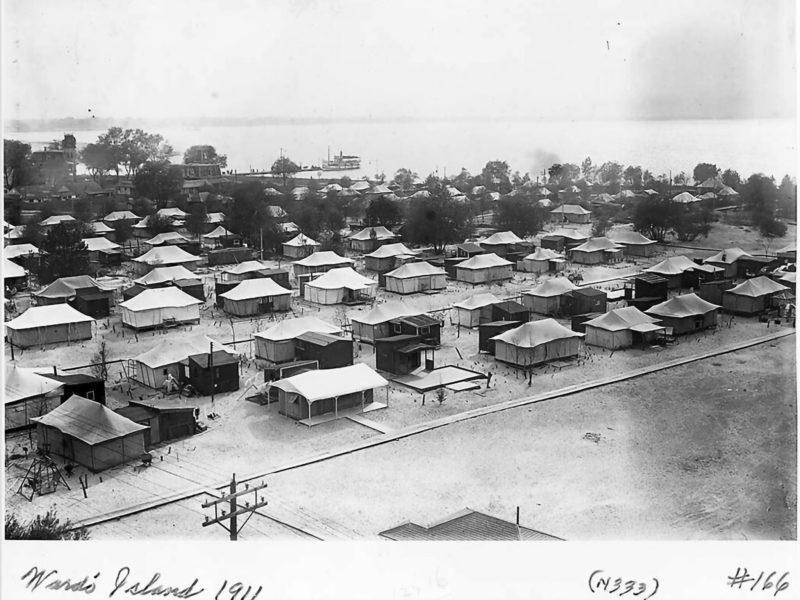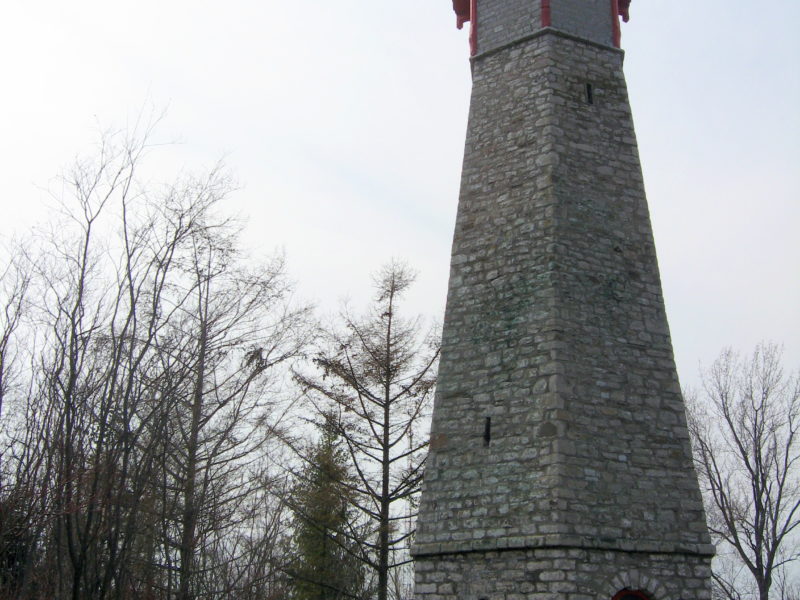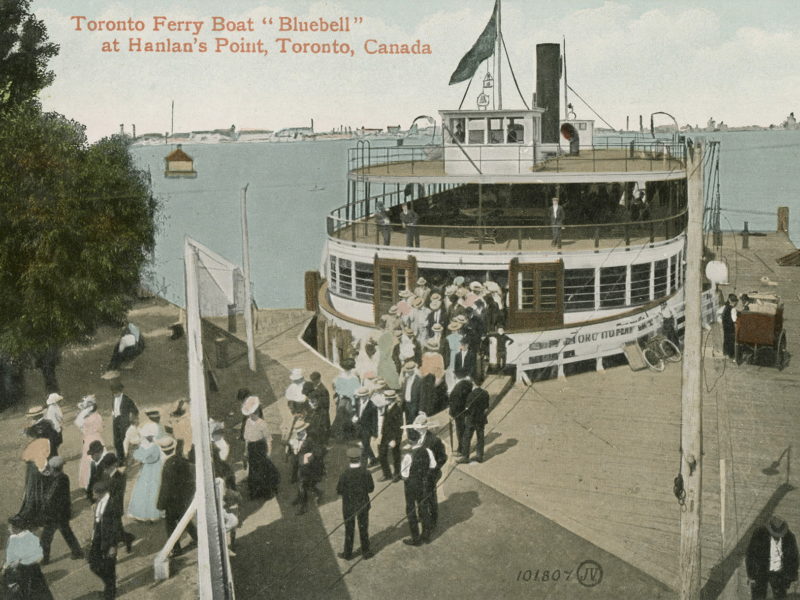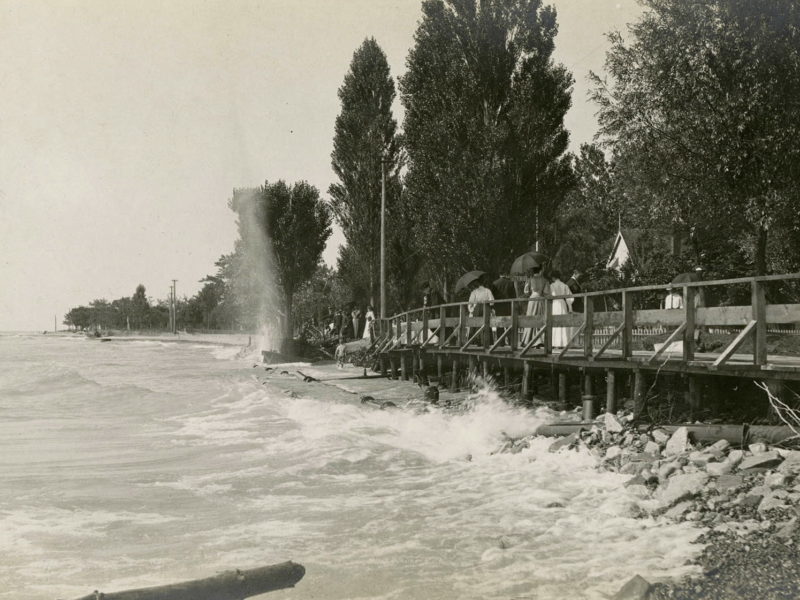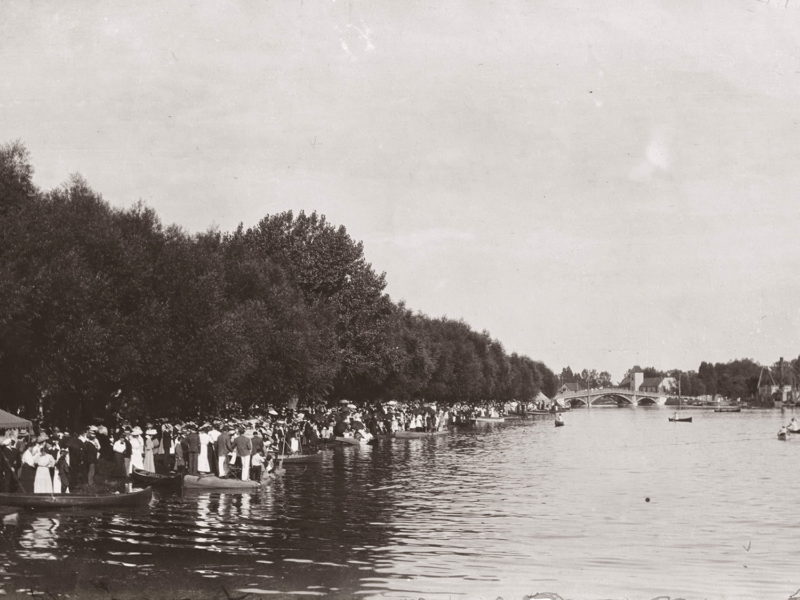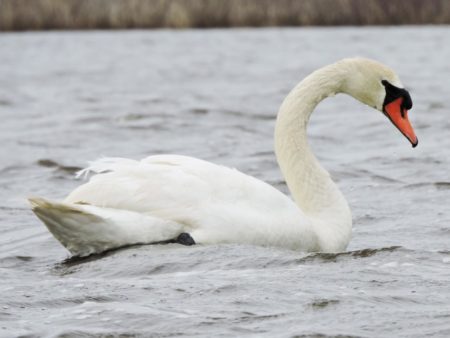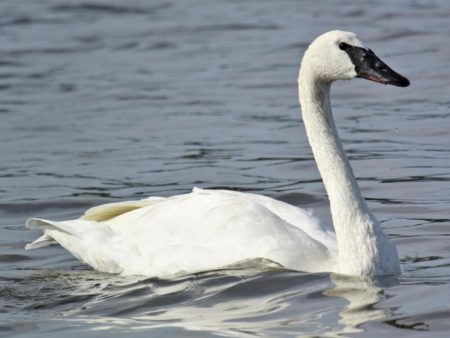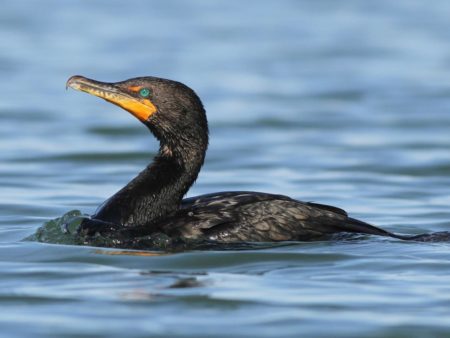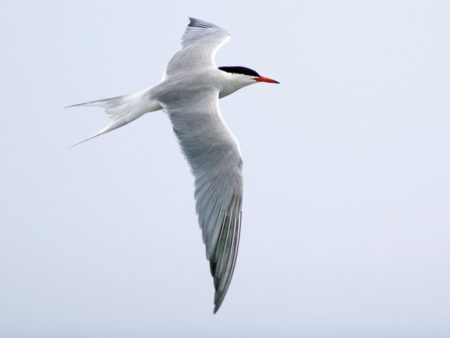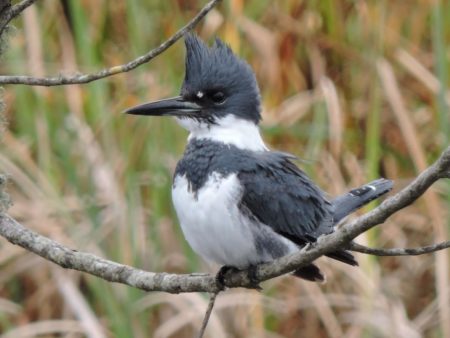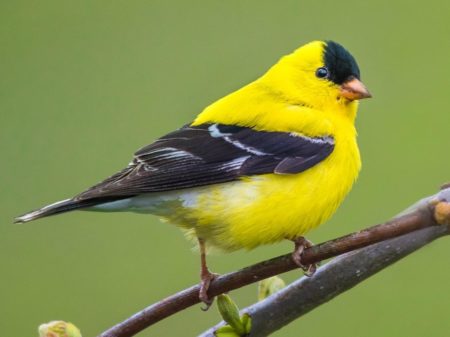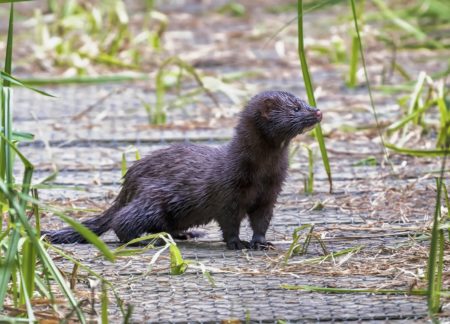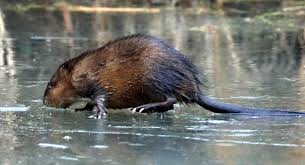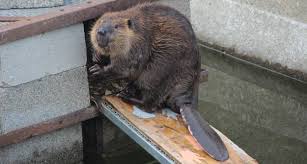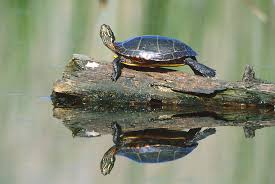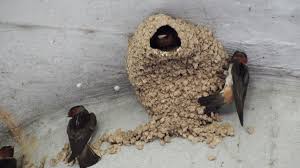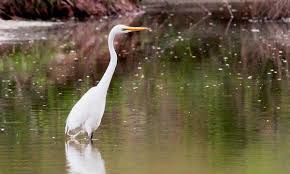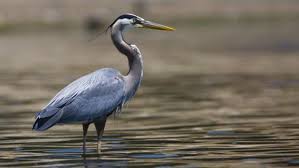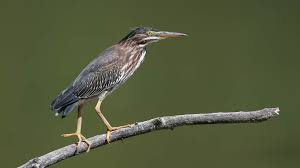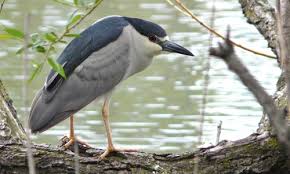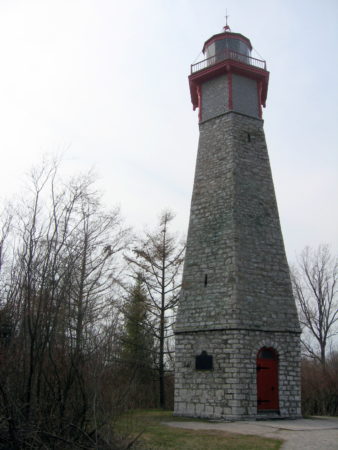Where to Eat on the Island
If renting a boat, REMEMBER – you are responsible for your rental. Never leave your boat unattended.
- The Riviera ~ Ward’s Island Kitchen, located on Ward’s Island just west of the beach close to the fire station is moderately upscale and includes a beautiful shaded eating area amongst the trees. Best to park your boat on the south beach of SnakeIsland, or just East of the Algonquin Island bridge.
- The Island Café is part of the Ward’s Island Community Centre and is just off the path from the Ward’s Island ferry dock with a kayak-friendly small beach just to its east. The veggie dogs, burgers, iced coffee and burritos are recommended and are fairly inexpensive.
- Carousel Restaurant is located just beside the Centre Island bridge that leads to the pier. This boasts another kid-friendly menu and is about the same price as the Rectory. Kayaks can be pulled up directly beside the eating area.
- Pizza Pizza is located at the Centre Island ferry dock and by the pier.
- Toronto Island Marina Restaurant is located at the Toronto Island Marina and serves breakfast, lunch, and dinner.
- Toronto Island BBQ and Beer Co. is located by the Centre Island ferry dock.
Wildlife Common to the Islands
While paddling within the 13 Toronto Islands it is common to spot the following: Great Blue Herons, Green Herons, Painted Turtles, Trumpeter Swans, Mute Swans, Belted Kingfishers, Red Winged Blackbirds, Beavers, Minks, Muskrats, Great Egrets, Racoons, Black-Crowned Night Herons, and Double-Crested Cormorants.
Mute Swan
Common in the Islands and introduced as a gift from England. The orange beak and black legs differentiate it from the less common native Trumpeter Swan.
Trumpeter Swan
Rare in the Islands and is the swan that is native to Canada. The black beak and orange legs differentiate this swan from the Mute Swan. Weighing over 26 pounds, they are North America’s heaviest flying bird. To get that much mass aloft the swans need at least a 100 meter-long “runway” of open water …quite a sight to see.
Double Crested Cormorant
The size of these cormorant colonies, combined with the copious amounts of slightly acidic poop they produce generally kills all of the trees that the colony lives in. Can be confused with loons as these cormorants dive and swim deep for over a minute catching fish as like the loon.
Common Tern
It’s wonderful to watch Terns catching fish as they fly along the surface of the water. These Toronto Island birds spend the winter in South America or along the Pacific Coast of Central America. Note the forked tail and black cap that differentiate them from Gulls.
Belted Kingfisher
Another great bird to watch catching fish by plunging headfirst into the water, either directly from a perch or hovering above. Belted refers to the white belt around the neck which can differentiate it from the black belt around the neck of a blue jay.
American Goldfinch
Bright beautiful bird that migrates from Canada to as far south as Mexico in winter. A female weaves her nest with spider silk so tight that it is waterproof. This seal is so tight that the mother must shield the entrance to the nest during rain to prevent it from filling with water!
American Mink
Minks are longer and skinnier than a muskrat and are good swimmers as well. Dark brown to black in colour, they have pointy noses and bushy long tails when dry. With their oily fur, webbed feet, and ability to dive up to 16’ deep, minks swim like a pro, they can spray like a skunk, purr like a cat, slide like an otter, and climb! When it comes to food, they eat everything from fish to crawfish, worms, and even larger prey such as rabbits, ducks, and muskrats.
Muskrat
The muskrat is like a large field mouse and has a rotund, paunchy appearance. The entire body, with the exception of the tail and feet, is covered with a rich, waterproof layer of fur. The tail is covered in hard scales. The colour ranges from dark brown on the head and back to a light greyish-brown on the belly. It can stay underwater up to 15 minutes and gets it’s name from the musk gland that omits a musky smell during mating season.
Beaver
The beaver is much bigger than a mink or muskrat and has a big flat scaled tail. In the water, the animal can use its tail as a four-way rudder and can slap it on the water to scare you and lead you away from it’s lodge. On land, the beaver is slow and the tail acts as a prop when the beaver is sitting or standing upright. A beaver can chew through a 6 inch diameter tree in mere minutes.
Eastern Painted Turtle
Eastern Painted Turtles have a smooth, gently rounded upper shell that is dark green to black in colour with red markings on the sides, and have a yellow underbelly. These turtles build nests on the ground in sunny areas close to the waters edge. They can live over 50 years and racoons are predators. Painted Turtles overwinter at the bottom of water bodies or under submerged undercut banks.
Cliff Swallows
The American cliff swallows are great to watch flying and feeding. They feed on a diet consisting of flying insects, particularly swarming species such as: flies, bees, lacewings, mayflies, butterflies, moths, grasshoppers, and damselflies. Cliff swallows build gourd-shaped nests made from mud with small entrance holes tightly together, on top of one another, especially under the Centre Island Bridge.
Great Egret
Great Egrets are frequent throughout the Toronto Islands and stand about 40″ tall and are brilliant white with black legs. They have yellow bills and black feet while the smaller snowy egret at 24″ has a black bill and black legs and yellow feet.
Great Blue Heron
A beautiful grey-blue prehistoric-looking bird to see stalking fish in shallows or flying from tree to tree. Despite their impressive size of over 36″ tall, Great Blue Herons weigh only 5 to 6 pounds thanks in part to their hollow bones. Great Blue Herons can hunt day and night thanks to a high percentage of rod-type photoreceptors in their eyes that improve their night vision. Thanks to specially shaped neck vertebrae, Great Blue Herons can quickly strike prey at a distance.
Green Heron
From a distance, the Green Heron is a dark, stocky bird hunched on slender yellow legs at the water’s edge, often hidden behind a tangle of leaves. Seen up close, it is a striking bird with a velvet-green back, rich chestnut body, and a dark cap often raised into a short crest. The Green Heron at about 17″ tall, is one of the world’s few tool-using bird species. It often creates fishing lures with bread crusts, insects, and feathers, dropping them on the surface of the water to entice small fish.
Black-Crowned Night Heron
With a beautiful white and yellow chest, they’re most active at night or at dusk… thus the name. In the light of day adults are striking in gray-and-black plumage and long white head plume on it’s black cap. These social birds breed in colonies of stick nests usually built over water. Stand about 24″ tall and you rarely see their neck outstretched like most herons. A breeding Black-crowned Night-Heron will brood any chick that is placed in its nest. The herons apparently don’t distinguish between their own offspring and nestlings from other parents.
History of Toronto Islands
Download a map of Toronto Islands
Toronto Island was formed over thousands of years by wind and water currents carrying sand off the Scarborough Bluffs, depositing it into the bay and eventually taking the shape of a peninsula. As the centuries rolled on, the Mississauga First Nation used the newly formed neck of land as a healing place and to fish for salmon, pickerel, bass and sturgeon.
By the time the British arrived to establish the Town of York in 1793, Elizabeth Simcoe, wife of the Governor, would take her horse and gallop out onto the wilds of “this her favourite sands”, as she noted in her diary.
The Gibraltar Point Lighthouse
In 1808, Gibraltar Point Lighthouse is built. It is the oldest structure in Toronto, with an increase to its height completed in 1832. Now situated inland due to landfill, this oldest lighthouse on the Great Lakes was in use up until 1959.
The lighthouse is also the scene of a grisly murder. On a bitterly cold night in January 1815, two drunken soldiers visiting from Fort York beat lighthouse keeper J.P. Radermuller, the Island’s first permanent resident, to death. They were acquitted for lack of evidence, as the body was never found. Some say to this day they can hear a hollow thud slowly descending the winding staircase.
The Great Storm of 1858
In 1858 a huge storm ripped through its eastern gap and thus created an island. Today, Toronto Island is made up of approximately 18 lesser islands and of those, only two are inhabited year round. Soon campers began to migrate over to Wards Island when the city banned camping overnight at Hanlan’s Point. Ned Hanlan, whom Hanlans Point is named after, was a World Champion professional sculler, hotelier, and alderman. Ned went on to become Canada’s first world sporting champion in an individual or singles event after winning the sculling championships in 1880.
Hanlan’s Point Stadium and Amusement Park
In 1894 the Toronto Ferry Co. began an ambitious landfill operation and set out to create an enormous addition to the existing Hanlan’s Point. On this newly built plateau they constructed an amusement park and a few years later a ten thousand-seat baseball stadium where a young visiting American player named Babe Ruth was to hit his first professional home run in 1914.
In 1904 there were 10 campers who began pitching their tents for the entire summer. In 1912, 685 campers summered on Ward’s Island. From this rustic setting a community was born.
In 1913, the site was graded, lights were strung, water pipes and plank sidewalks were installed. In 1916 Ward’s Island was laid out streets looking much like it does today.
In 1914 Babe Ruth hit his first professional home run into the waters of Lake Ontario from the original stadium of the Toronto Maple Leaf baseball team. The original stadium was erected on Hanlan’s Point in 1897.
In 1918 Algonquin Island was originally named Sunfish and began life as a YMCA camp.
In 1921 Queen City Yacht Club was built on the east side of Algonquin and remains there today.
In 1931 Toronto City Council agreed to allow permanent homes to be built to replace the tents. Then came the bizarre restriction that no home could be more than 840 square feet and must be always kept in a well-maintained condition. Hard to do when in theory you weren’t really allowed to maintain your home at all.
In 1937 there were 130 cottages on Ward’s Island and by the time WWII came around, no campsites were permitted. But the Toronto Harbour Commission had a plan so they demolished the stadium, filled in the surrounding lagoons and paved over the site. While Hanlan’s Point as a beautiful park with a long windswept beach didn’t vanish completely, it’s nickname as Canada’s Coney Island with its beach-side cottages, dance halls and moonlit walks on the boardwalk, was no more. It was now going to share its space with a very 20th century innovation, an airport.
In 1938 the city had laid sidewalks, planted trees, built a bridge to connect it to Ward’s and changed its name to Algonquin.
In 1960, after the bulldozers razed the communities on Center and Hanlan’s, the residents of the remaining Islands were wondering how they could ever be saved from the political bulldozer that not only was devastating Toronto Island but that too of the old downtown core back on the mainland.
In 1963 Metro parks commissioner Tommy Thompson laid out his 12 million dollar plan of leveling every single building on the Island and developing it into one enormous park (including a private golf course) by 1968. There’s always been a fight to save the 262 remaining island homes. Those who live on the islands must be resilient. With no grocery stores, banks, pharmacies, movie theatres, nightclubs, and all the stuff that we like to know is within walking distance, living on the island while in theory might appeal to some would pose a challenge to others.
